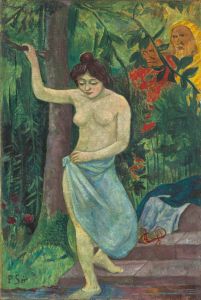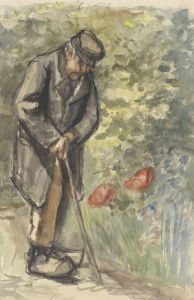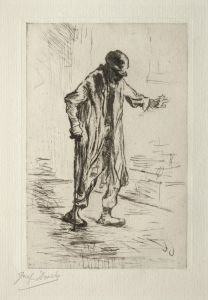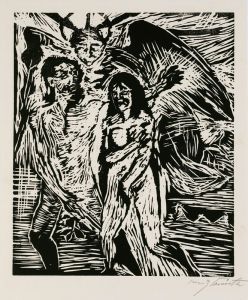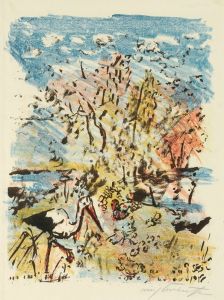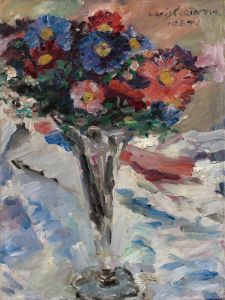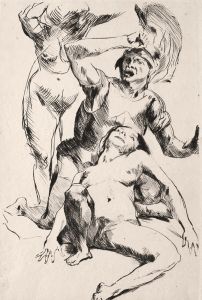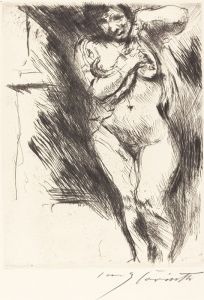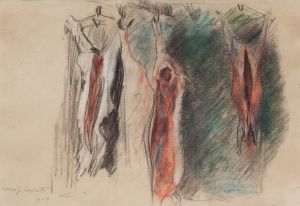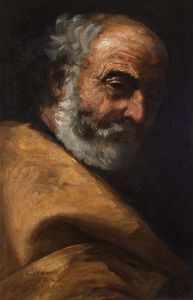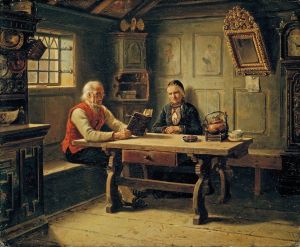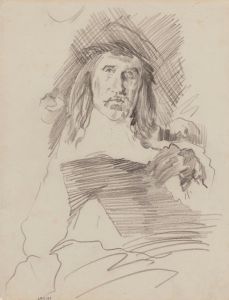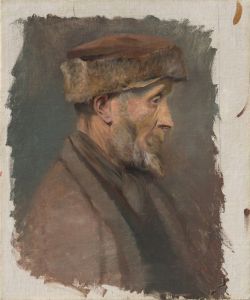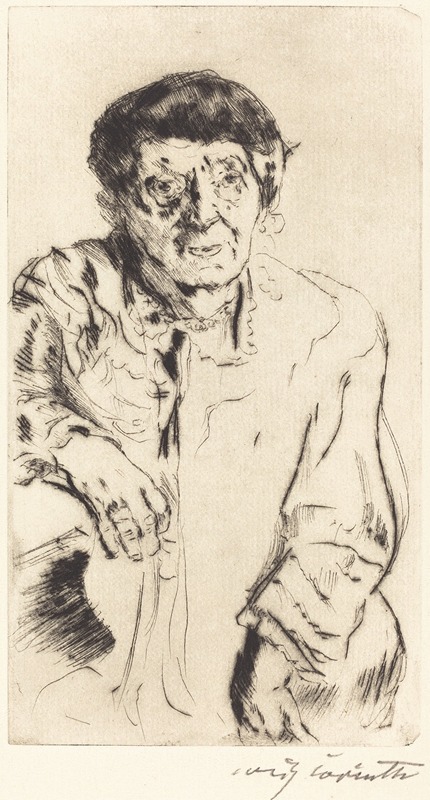
Mother-in-Law
A hand-painted replica of Lovis Corinth’s masterpiece Mother-in-Law, meticulously crafted by professional artists to capture the true essence of the original. Each piece is created with museum-quality canvas and rare mineral pigments, carefully painted by experienced artists with delicate brushstrokes and rich, layered colors to perfectly recreate the texture of the original artwork. Unlike machine-printed reproductions, this hand-painted version brings the painting to life, infused with the artist’s emotions and skill in every stroke. Whether for personal collection or home decoration, it instantly elevates the artistic atmosphere of any space.
Lovis Corinth's painting Mother-in-Law is a notable work by the German artist, created in 1886. Corinth, a prominent figure in the transition from Impressionism to Expressionism, was known for his vivid and dynamic style, often blending realism with emotional intensity. This particular painting is an early example of his work, created during his formative years as an artist.
The painting depicts Corinth's mother-in-law, though specific details about her identity or her relationship with the artist are not widely documented. The subject is portrayed in a seated position, with a calm and introspective demeanor. The composition reflects Corinth's early academic training, showcasing his skill in capturing the human figure with precision and sensitivity. The use of light and shadow in the painting highlights the contours of the subject's face and hands, emphasizing her individuality and character.
At the time of its creation, Corinth was studying at the Academy of Fine Arts in Munich, where he was influenced by the academic traditions of portraiture. Mother-in-Law demonstrates his ability to balance technical proficiency with a personal touch, a hallmark of his later works. The subdued color palette and careful attention to detail suggest a respect for the subject and a focus on realism, which were characteristic of his early style.
The painting is now part of the collection of the Museum Kunstpalast in Düsseldorf, Germany. It is considered an important piece in understanding Corinth's artistic development and his transition toward a more expressive and experimental approach in his later career. While Mother-in-Law may not be as widely recognized as some of Corinth's other works, it provides valuable insight into his early influences and his dedication to portraiture as a means of exploring human emotion and identity.
No further information about the painting's commission, the sitter's life, or its reception at the time of its creation is readily available.





